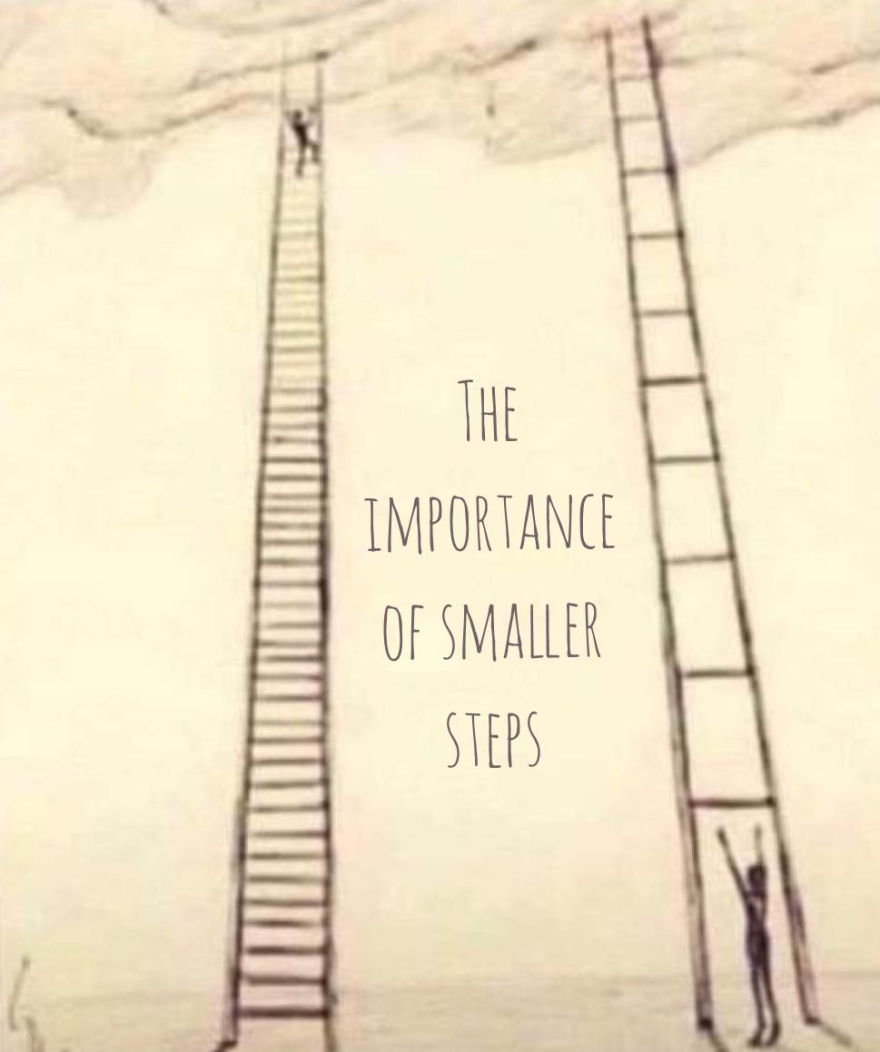|

Dear Coco,
As we continue highlighting ADHD Awareness Month, we’re excited to talk about one of our favorite practical tools for ADHD—breaking tasks into smaller steps. Whether it’s getting homework done or tackling chores, this approach can make a world of difference for kids with ADHD (and let’s be honest, it can help us parents, too!).
Understanding the ADHD Brain
We know that kids with ADHD often have a tough time with executive function. Planning, organizing, and starting tasks can feel like climbing a mountain. It’s easy for them to get overwhelmed, which leads to avoidance (or those famous procrastination battles). The answer? Breaking things down into bite-sized pieces—it’s a game-changer! It helps ease the overwhelm and keeps them moving forward.
Why Smaller Steps Work
-
Reduces Overwhelm: Big tasks feel scary. When we break them down, they suddenly seem doable! Each little step brings a sense of progress and calm.
-
Enhances Focus: Let’s be honest; holding focus for long stretches is tough for anyone but especially difficult for kids with ADHD. Smaller steps mean shorter bursts of attention, making it easier for them to stay engaged.
-
Boosts Motivation: Small wins matter! Every step completed gives a sense of accomplishment. That little spark of “I did it!” fuels their motivation for the next step.
-
Improves Initiation: Starting is often the most challenging part. By breaking things into smaller pieces, the barrier to starting feels lower. They only need to focus on one small thing, not the entire task.
Practical Tips for Breaking Tasks Down
So, how do we put this into practice? Here are a few easy ways to break tasks down at home:
-
Use Checklists: Instead of just saying, “Clean your room,” create a simple checklist like: “Pick up toys,” “Make the bed,” and “Dust the shelves.” Each step checked off brings them closer to the finish line!
-
Set Timers: Timers are magic. Encourage your child to work for a set time—maybe 10 or 15 minutes. When the timer goes off, they can take a break before jumping back into the next step.
-
Visual Aids: Sometimes, a picture really is worth a thousand words. Draw or list out what needs to be done. Whether it’s homework subjects or steps in a chore, visuals help make tasks feel concrete and less overwhelming. Taking a photo of a completed task—like a cleaned bedroom or organized soccer gear—can serve as a powerful reference. Kids can easily keep these pictures on their phones, providing a quick reminder of how to reach the desired outcome.
-
Model the Process: Walk your child through breaking down tasks by talking through each step aloud. This provides an auditory "play-by-play" that strengthens their executive function skills and helps them learn how to break down tasks independently in the future.
-
Encourage Reflection: After they finish, take a minute to chat about what worked. Reflecting on the process helps them grow in independence and develop their own strategies for the future.
Final Thoughts
Breaking tasks into smaller steps is a simple but powerful way to support kids with ADHD. It helps reduce overwhelm, enhance focus, boost motivation, and make getting started easier. As we celebrate ADHD Awareness Month, let’s continue sharing the strategies that really make a difference. After all, every small step we take together leads to big wins for our kids and us!
Warmly,
Coco & Vicky
|